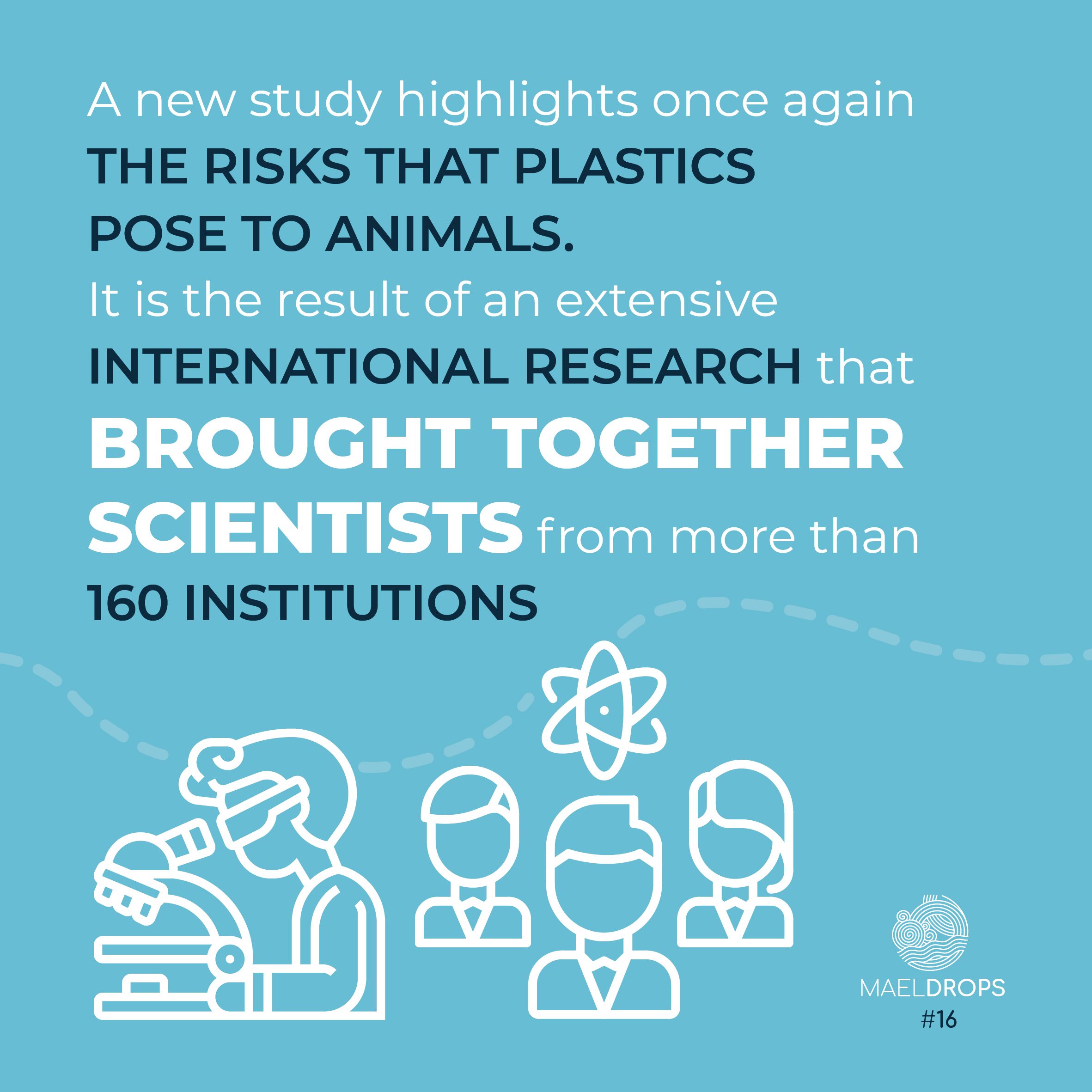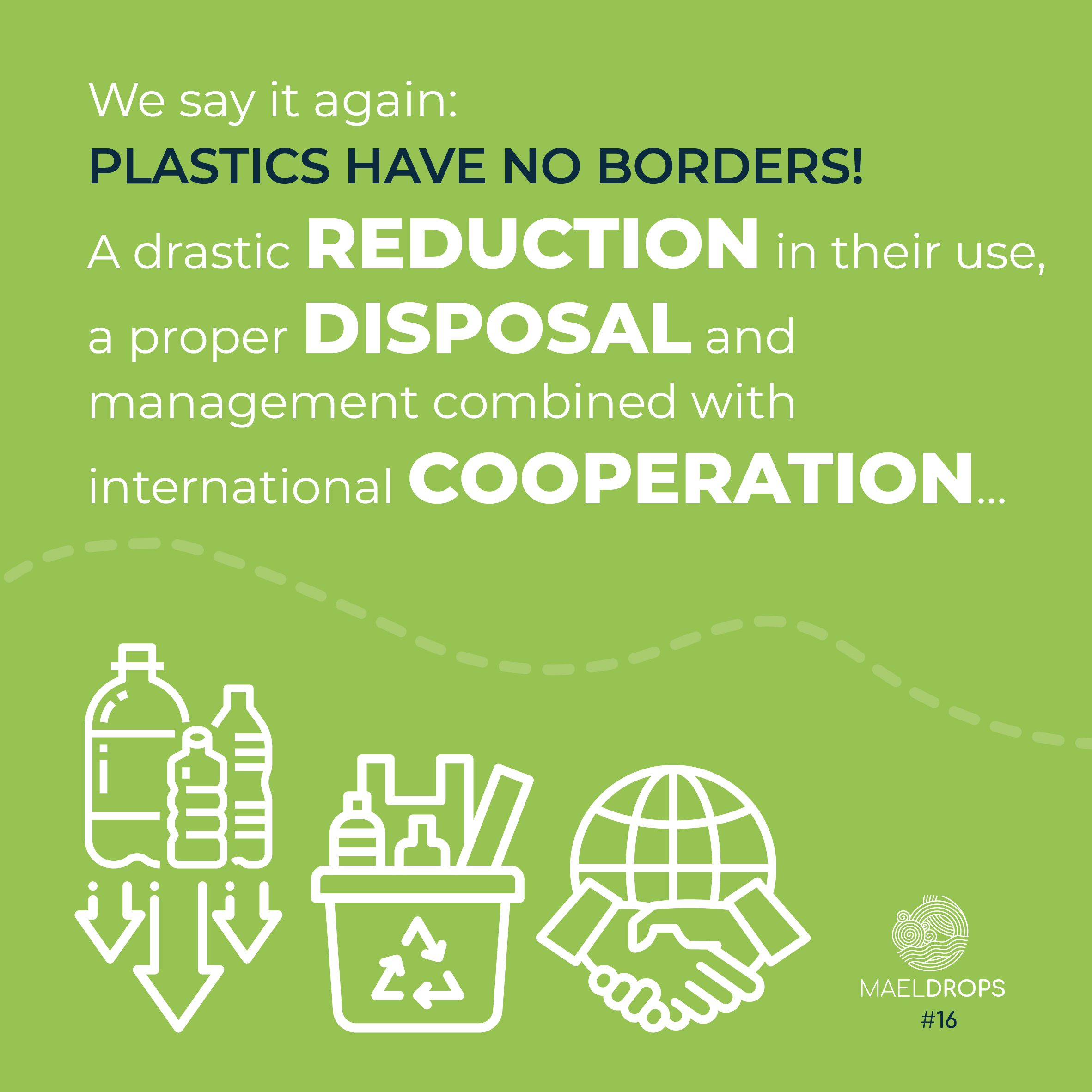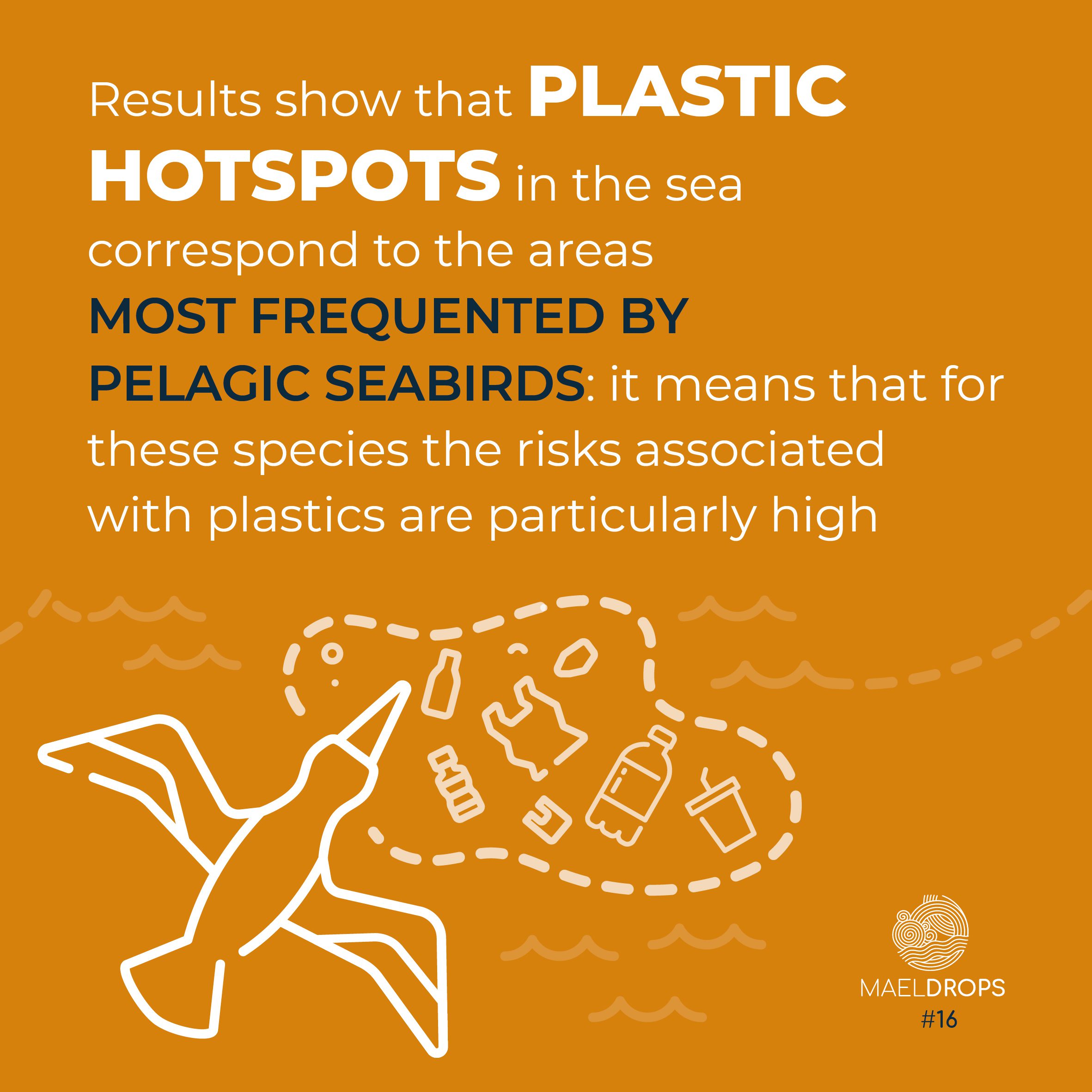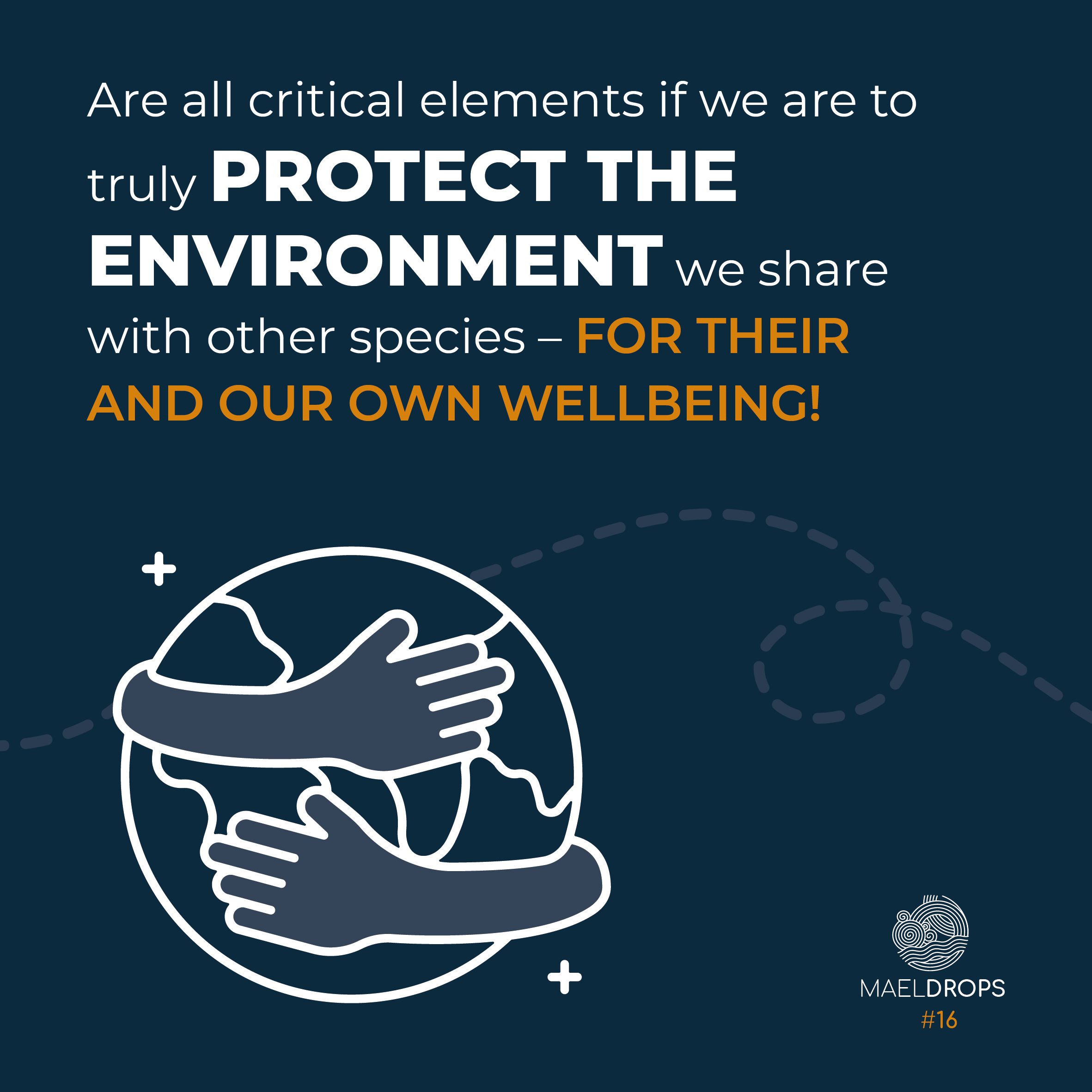MAELDrop #16 | Oceanic birds and plastic exposure, a global assessment
We have repeatedly talked about the risks that marine litter, particularly plastic litter, poses to animals. Unfortunately, new studies highlight even more of them.
A vast research study which brought together more than 200 authors from more than 160 institutes in various parts of the world presents the first global exposure assessment of seabirds (that is, species that live in the open sea), particularly petrel species to plastic litter. The researchers combined data on bird movements (analyzing data from 148 populations in 27 countries and Antarctica) with data on plastic distribution: the main conclusion is that plastic hotspots are the areas most frequented by birds.
What does this mean? It means that the risk of plastic exposure for these animals is particularly high, even if it varies by species, population, and breeding season. This is particularly concerning if we consider that pelagic seabirds are already among the world’s most endangered species groups – and the very species classified as “threatened” are also those for which exposure to plastic litter is greatest.
Researchers conclude their study by pointing out some of the priorities for species conservation and research, highlighting the key role of international cooperation as plastic pollution knows no borders, and marine litter travels throughout the seas, ignoring national boundaries. Another key message from researchers is the need to drastically reduce the quantity of plastics released into the environment. At MAELSTROM we certainly have no fear of repeating ourselves if, once again, we recall the importance of cutting the consumption of single use plastic, and incentivizing a conscious and effective plastic management throughout its entire life cycle!



